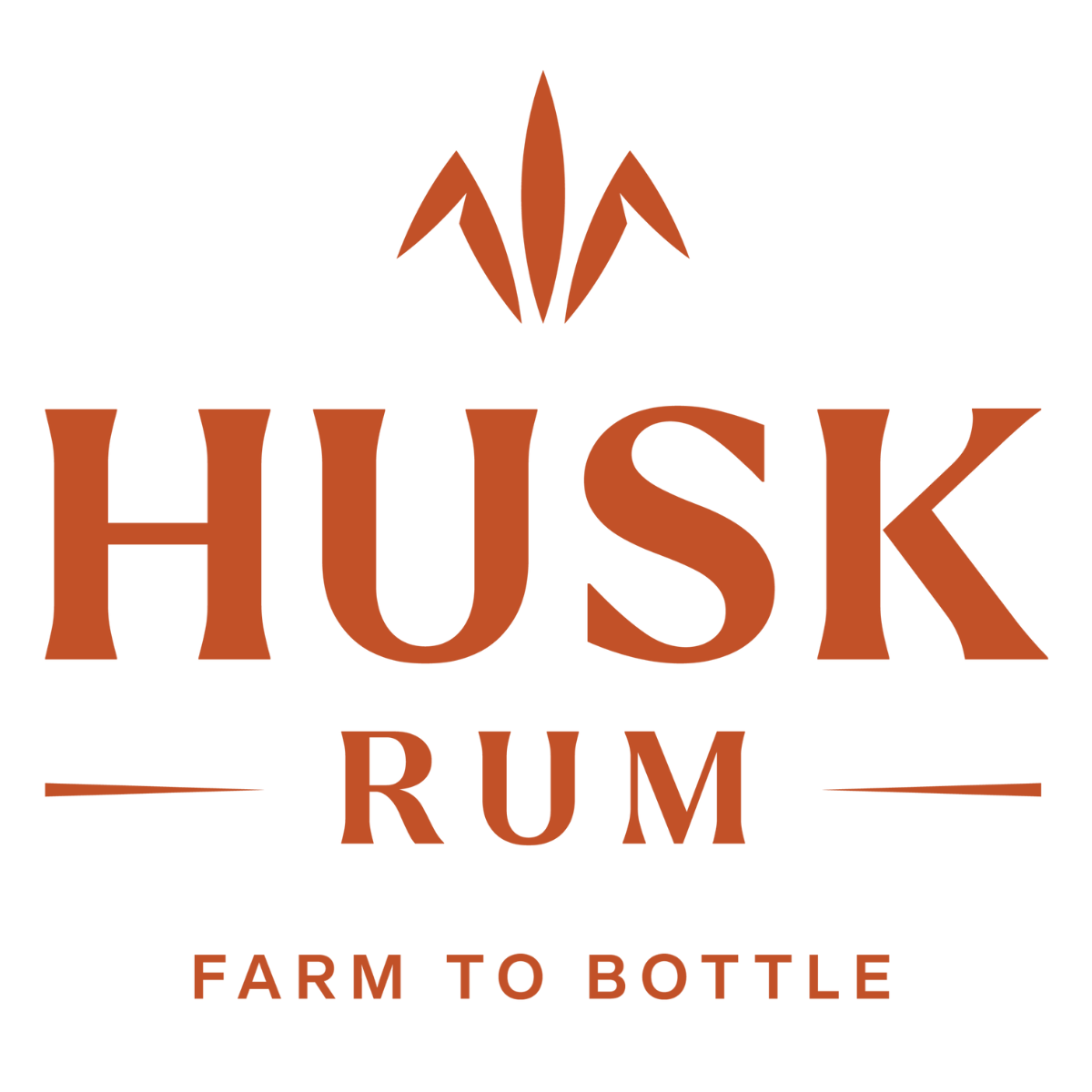The unique challenges of making Cultivated Australian Rum
The Evolving Production Processes of Husk Rum
Ten years of research and development has resulted in an Australian expression of this unusual style of rum produced in one of the most dramatic and beautiful locations on earth.
The original concept was to grow select varieties of local sugar cane, chosen for the drinking quality of the extracted juice, to crush the cane, ferment and distil the juice, then barrel age the rum and years later bottle each batch - all on the farm at Tumbulgum.
Our founder Paul wanted to learn how to make unaged cane spirit that seemed to faithfully capture the true essence of place, as in the French Caribbean.
But if he thought this would be easy he would need to think again.
Every step of this farm to bottle process would ultimately be re-thought, re-engineered or re-created from scratch to adapt to the people and place of this Caldera Coast.
Hand crushing sugarcane at the Husk ‘Little Green Shed’ in 2013. This process has been re-thought and re-engineered several time.
The Challenge
Like all rum made from fresh cane juice, Cultivated Australian Rum is seasonal.
This is because cane juice can’t be stored or transported very far from its source without losing its integrity and flavour characteristics.
Once a year during the cane becomes fully mature and that’s when the race begins to get the seasons harvest off the paddock and into the barrels.
Indigenous micro-organisms make cane juice an unstable substrate for fermentation as the bacteria and native yeast cells, that grow naturally on the cane stalk and in the soil, start to consume sugar as soon as the stalk is cut.
This can impart very unique flavours to the rum but, if not controlled, can result in unpredictable and unsavoury flavour development.
By contrast, molasses, a by-product of industrial sugar production, has been boiled and clarified, rendering it devoid of life.
It is therefore a very stable substrate that can be stored for long periods of time and transported long distances, ideal for making rum anywhere in the world, all year round.
The difference between molasses and cane juice wash is clearly shown under the microscope.
To ensure quality, Cultivated Australian Rum can only be made close to the cane paddock where the cane is grown, preferably on the same farm because time is of the essence.
Control over the milling process is also critical to produce a clean, filtered juice of known cane varieties in the shortest possible time from the paddock.
Designing and building a small-scale sugar mill is no mean feat and can represent a substantial capital investment.
Early design sketch by Paul of a prototype sugar mill.
This all leads to fermentation, the most critical step, as this is where all flavour development occurs.
The ability to carefully control the conditions of fermentation is critical to harness the complex interplay between indigenous yeast, bacteria and the distillers chosen cultured yeast and ensure only the most desirable flavour compounds are produced ready for the next step – distillation.
It’s because of these difficult processes that cultivated rums will always reflect the “terroir” or provenance of the region where they are produced – the local cane varieties and growing methods, geology, soil, water, climate, seasons, people and production methods they’ve chosen to suit their environment.



